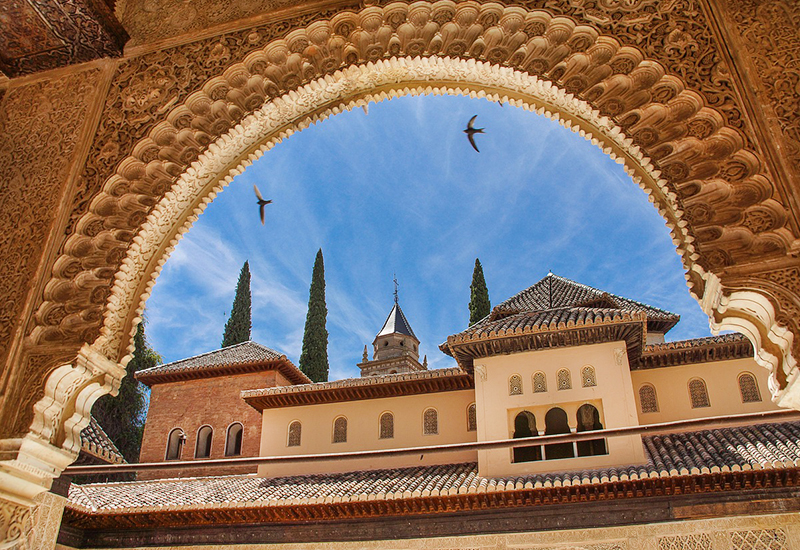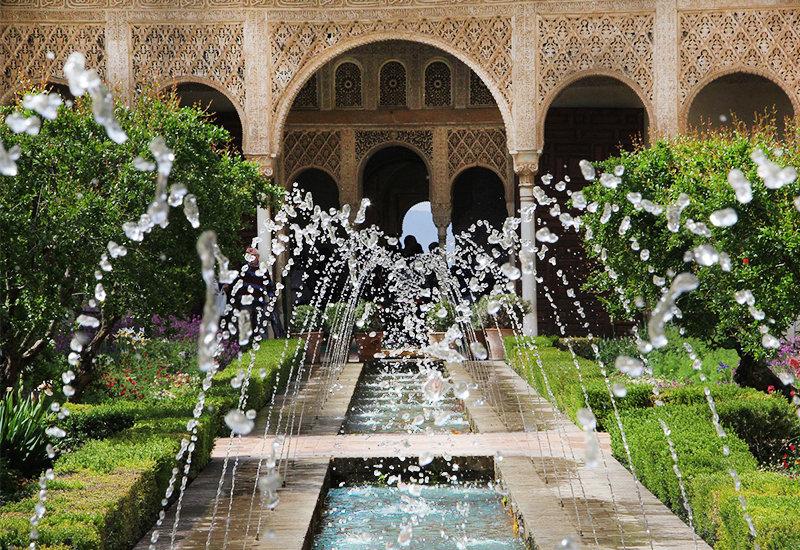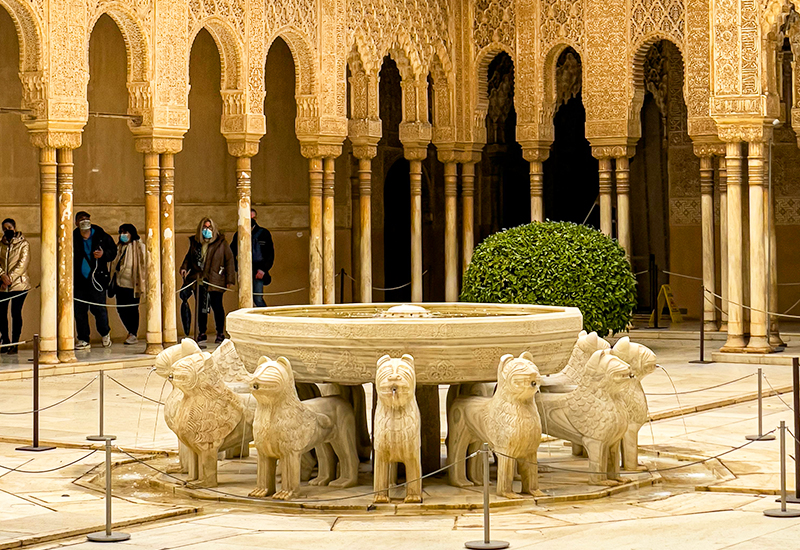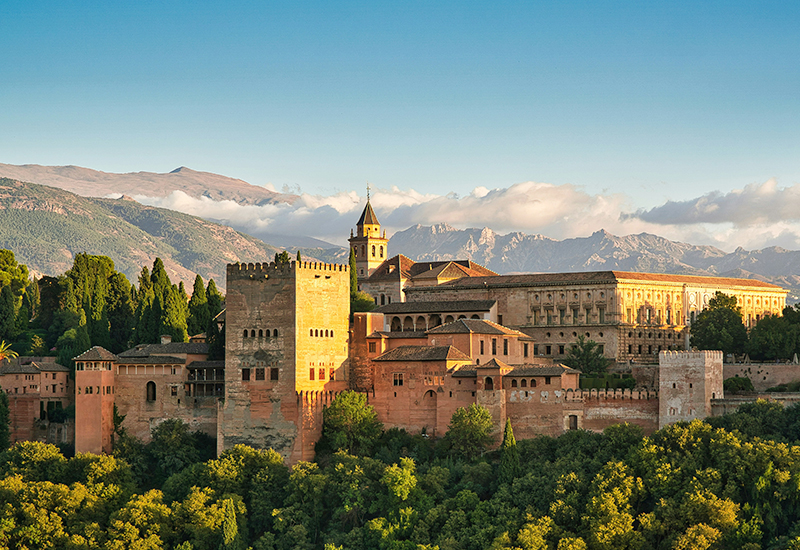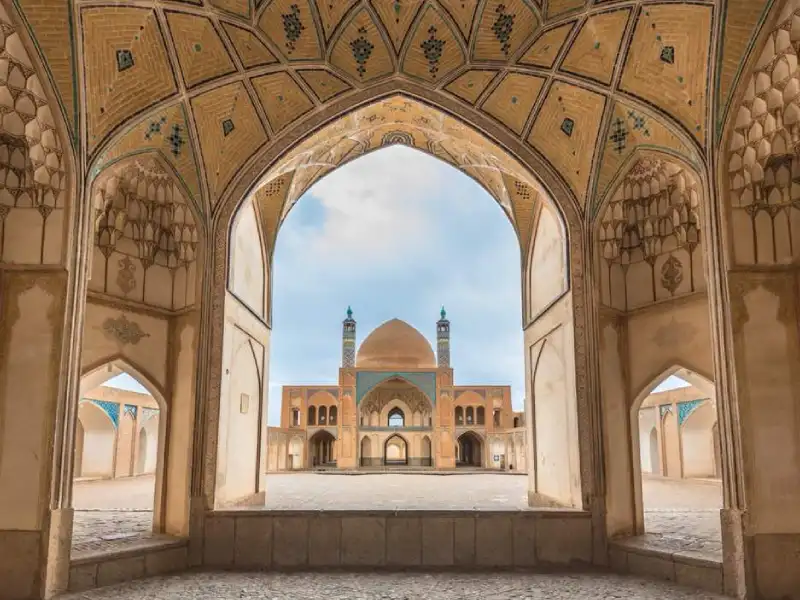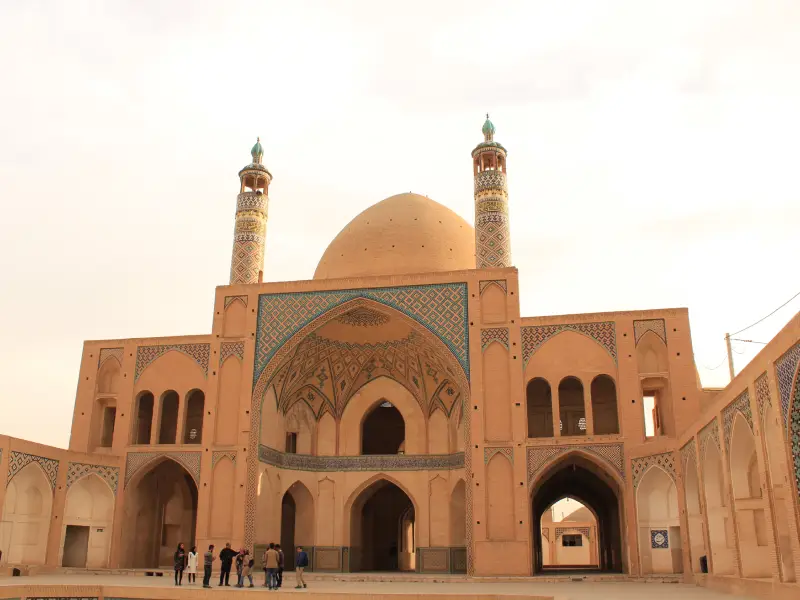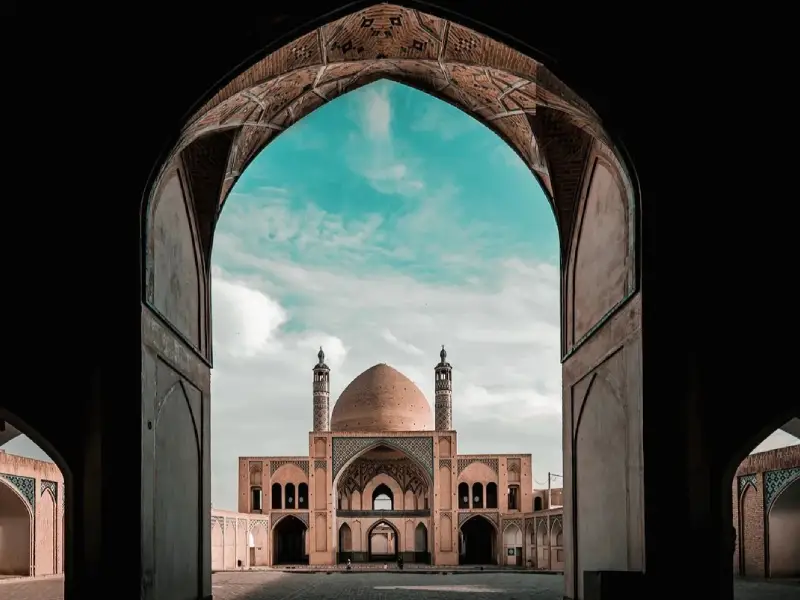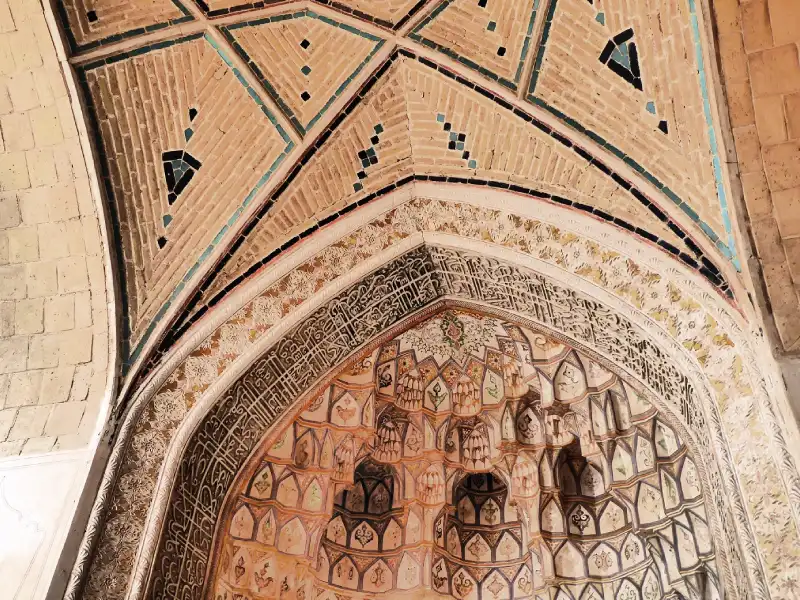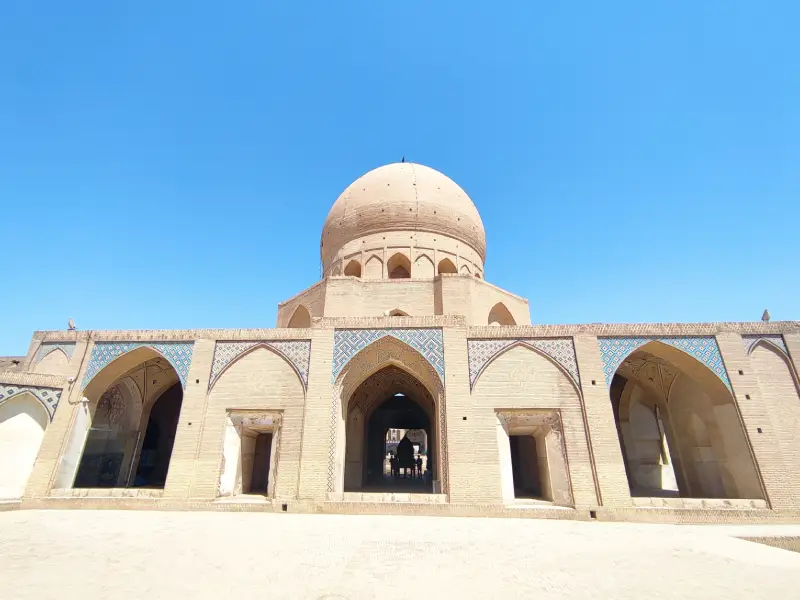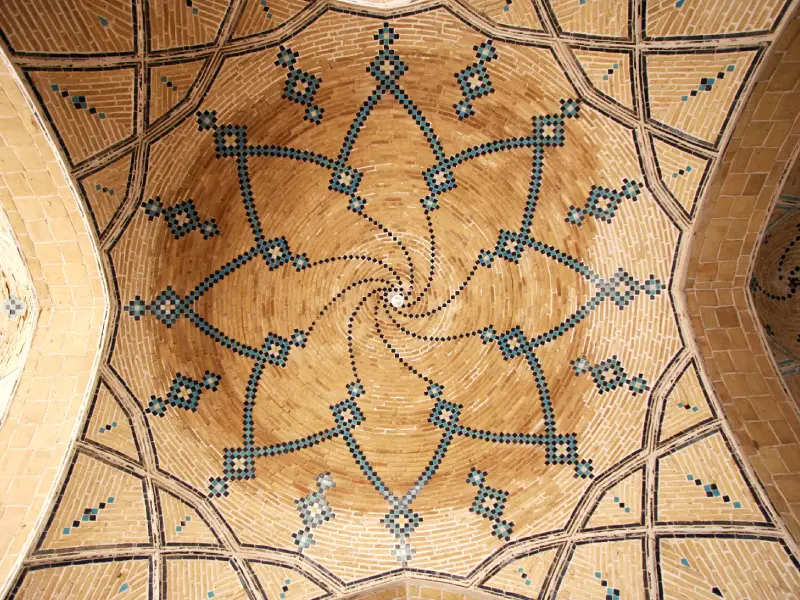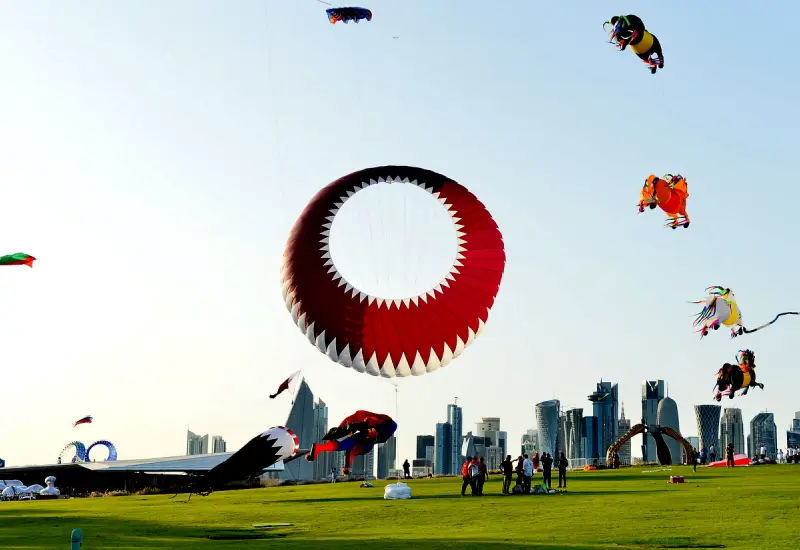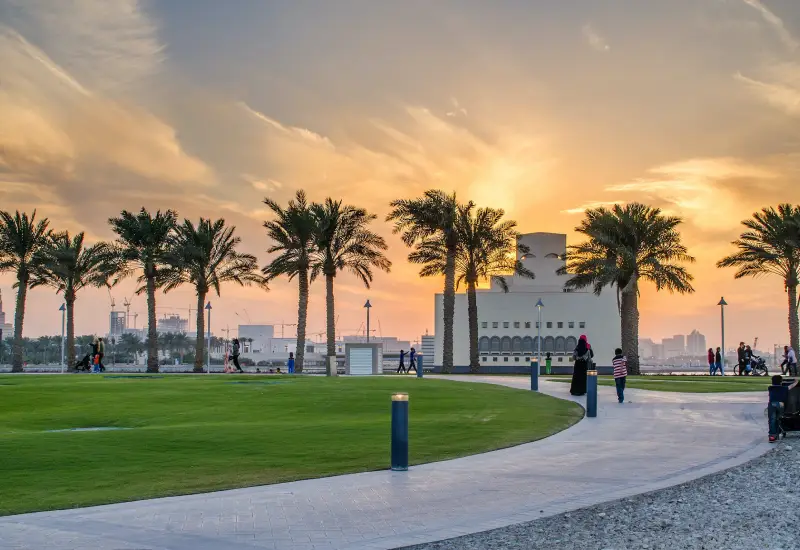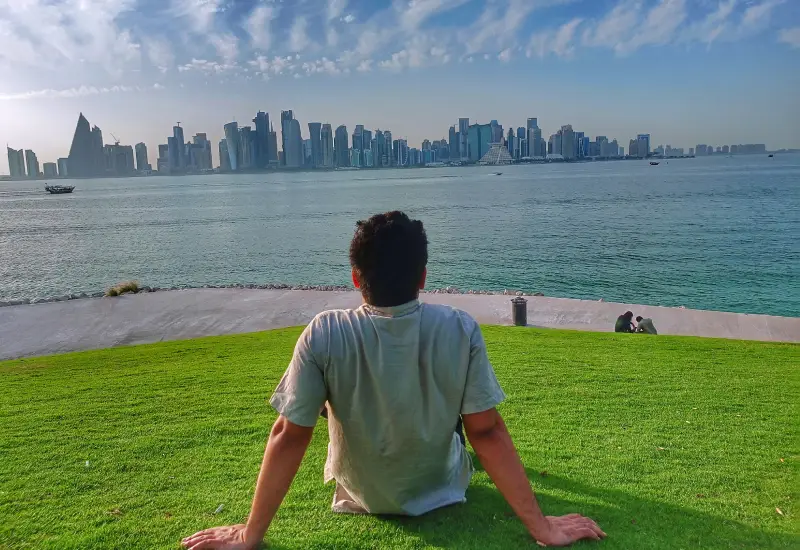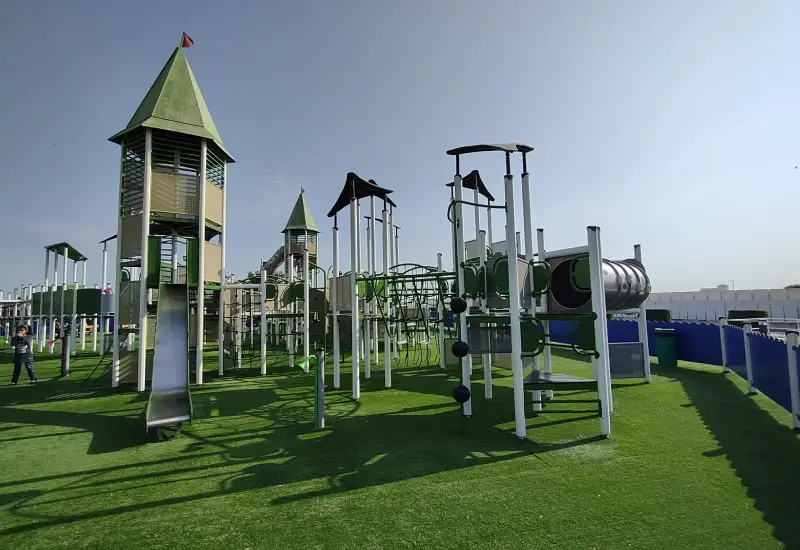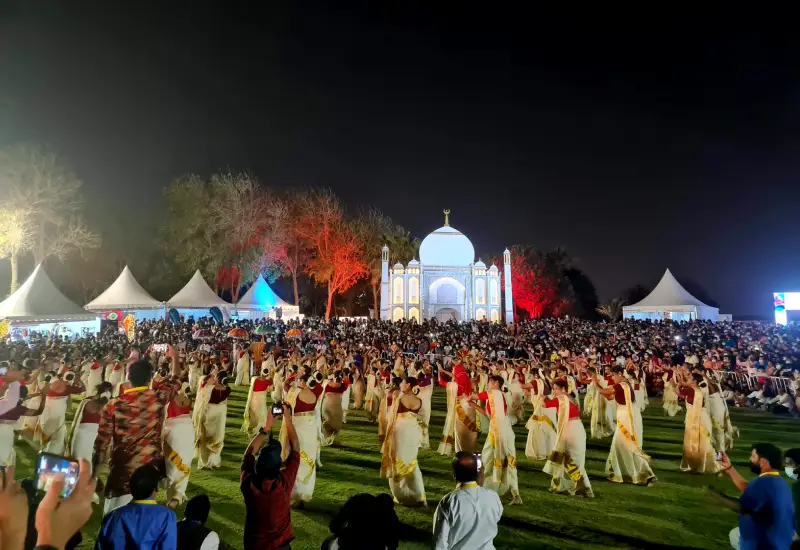In gastric bypass surgery, also known as bariatric surgery, a medical procedure is performed to assist individuals with severely overweight in achieving weight loss and enhancing their overall health. This surgery involves altering the digestive system to limit food intake and nutrient absorption, promoting significant weight loss.
This blog post will explore the key aspects of gastric bypass surgery, including its cost, recovery, diet, side effects, and success rate. We will also take a closer look at the availability and benefits of undergoing Gastric Bypass Surgery in Iran.
About Gastric Bypass Surgery
Undergoing a gastric bypass procedure involves undergoing a type of weight-loss surgery that alters the way your stomach and small intestine process the food you consume. As a result of the surgery, your stomach will become smaller, and you will feel satiated with smaller amounts of food. The surgery also changes how your body absorbs nutrients, which contributes to weight loss.
How Does Gastric Bypass Surgery Work?
The procedure involves two main steps:
Stomach Reduction: The surgeon uses surgical staples to make a small pouch at the top of the stomach. This pouch is approximately the size of a walnut and has the capacity to hold only about an ounce of food.

Gastric Bypass Surgery
Rerouting the Intestines: The small intestine is then divided, and part of it is connected directly to the small stomach pouch. Food bypasses most of the stomach and the first section of the small intestine, limiting calorie and nutrient absorption.
Gastric Bypass Surgery Cost
The cost of gastric bypass surgery can vary widely depending on the location, the surgeon’s experience, and the healthcare facility. Gastric bypass surgery cost in Iran starts from $5,000. This cost typically includes pre-operative tests, surgery, hospital stays, and follow-up care.
Gastric Bypass Surgery Recovery
Recovery from gastric bypass surgery typically involves a hospital stay of 2-3 days. Patients can expect to return to normal activities within 3-5 weeks, though this can vary depending on the individual and their overall health.
During recovery, it’s essential to follow your surgeon’s guidelines, which may include ensuring adequate rest to allow the body to heal, gradually increasing physical activity as recommended by your healthcare provider, and attending all follow-up appointments to monitor your progress and address any complications.
Gastric Bypass Surgery Diet
Dietary changes are crucial after gastric bypass surgery to ensure successful weight loss and avoid complications. The diet typically progresses through several stages.

Gastric Bypass Surgery Procedure
For the first few days post-surgery, patients consume only clear liquids. Gradually, patients can begin eating pureed foods, which are easier to digest. Then, about a month after surgery, patients can start eating soft foods. Eventually, patients can reintroduce solid foods, focusing on nutrient-dense, low-calorie options.
Patients must eat smaller portions, chew food thoroughly, and avoid high-sugar and high-fat foods. Staying hydrated and taking prescribed vitamin and mineral supplements is also essential.
Gastric Bypass Surgery Side Effects
While gastric bypass surgery can be life-changing, it comes with potential side effects. Dumping Syndrome occurs when food moves too quickly from the stomach to the small intestine, causing nausea, vomiting, diarrhea, and dizziness.
Due to reduced nutrient absorption, patients may experience deficiencies in vitamins and minerals such as vitamin B12, iron, calcium, and folate.
Rapid weight loss can lead to the formation of gallstones, and there’s an increased risk of developing ulcers in the stomach or small intestine.
Gastric Bypass Surgery Success Rate
The gastric bypass success rate is pretty high, with most patients losing 60-80% of their excess weight within the first year. Long-term studies show that many patients maintain significant weight loss for over ten years.

Gastric Bypass Surgery in Iran
Additionally, the surgery often leads to improvements or resolution of obesity-related conditions such as type 2 diabetes, hypertension, sleep apnea, and heart disease.
Gastric Bypass Surgery in Iran
Iran has become a popular destination for medical tourism, including gastric bypass surgery. The country offers high-quality medical care at a fraction of the cost compared to Western countries. Here are some benefits of choosing Iran for gastric bypass surgery:
The cost of gastric bypass surgery in Iran is significantly lower, ranging from $5,000 to $7,000. This lower cost includes the surgery, hospital stay, and post-operative care.
Iran boasts highly skilled and experienced surgeons specializing in bariatric procedures. Many hospitals and clinics in Iran are equipped with modern medical technology and facilities. Patients receive comprehensive care, including pre-operative evaluations, post-operative follow-up, and dietary counseling.
Moreover, the rich cultural heritage and hospitality of Iran make it a welcoming destination for international patients seeking quality medical care.
Gastric Sleeve Surgery in Iran
Conclusion
Gastric bypass surgery is an effective weight-loss solution for individuals struggling with severe obesity. Understanding the cost, recovery process, necessary dietary changes, potential side effects, and success rate is essential for making an informed decision about the procedure. For those considering medical tourism, Iran offers a compelling option with its affordable, high-quality medical services.

